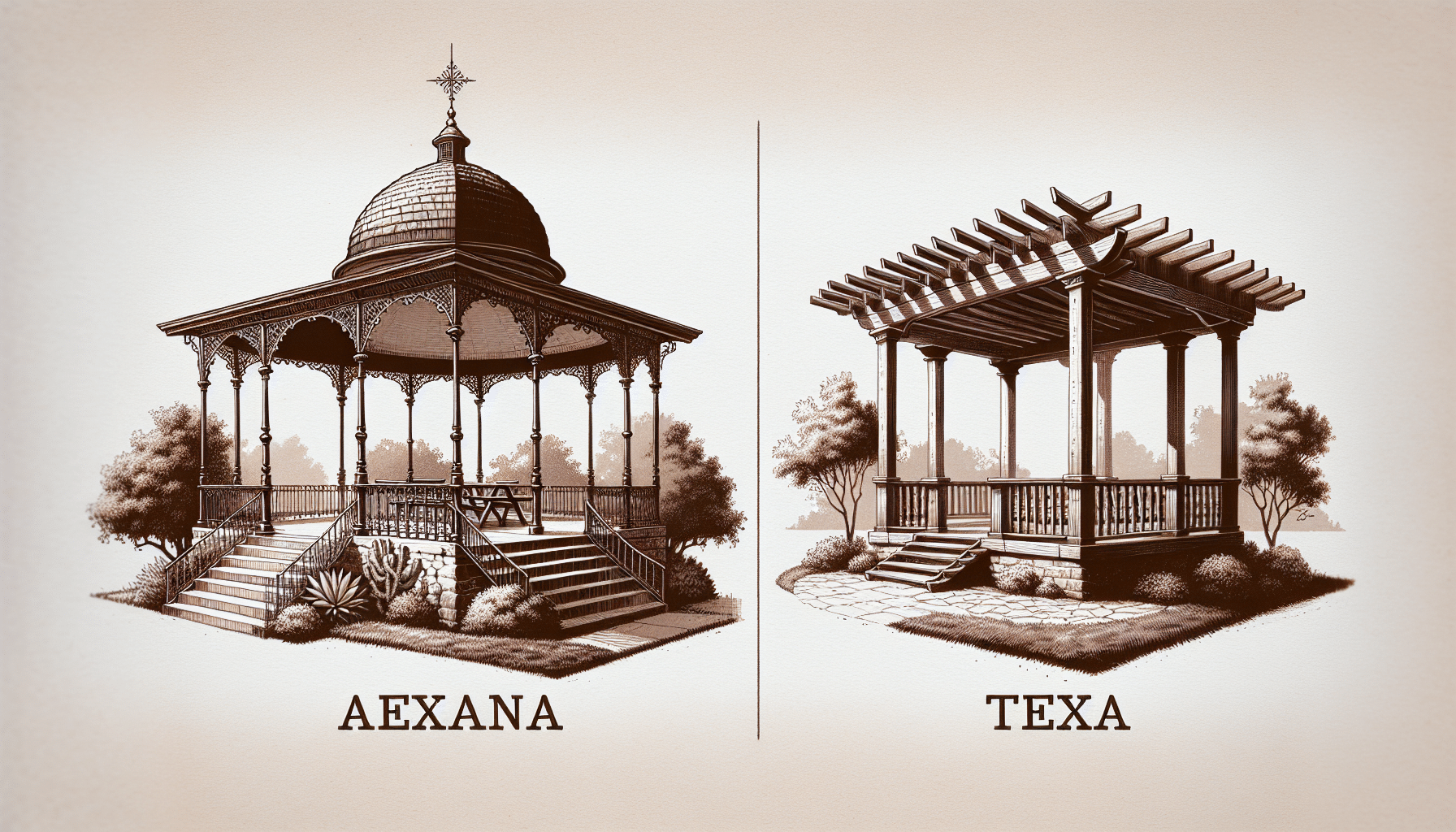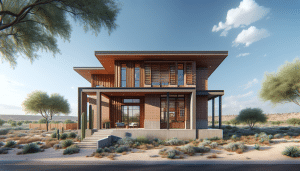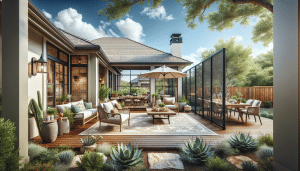As homeowners, visualizing the perfect outdoor oasis can be daunting, especially when deciding between a gazebo and a Pergola. Both options offer unique benefits, but how do we know which is right for our backyard? This guide is here for homeowners and contractors alike, providing clarity, guidance, and confidence in making the best decision.
Contents
- 1 Design and Structure: The Core of Gazebos
- 2 Pergolas: Embrace the Modern with Open Air Designs
- 3 Materials: Choosing the Right Components
- 4 Functionality: Assessing Your Needs
- 5 Installation: Considerations for a Seamless Build
- 6 Cost: Budgeting for Your Dream Space
- 7 Maintenance: Keeping Your Structure Pristine
- 8 Environmental Considerations: Harmonizing with Nature
- 9 Customization: Making it Your Own
- 10 Key Takeaways: Gazebo or Pergola?
- 11 Conclusion
Design and Structure: The Core of Gazebos
When we think of gazebos, we’re usually envisioning an elegant, covered structure often octagonal in shape. Gazebos are traditionally free-standing and feature a solid roof, offering substantial shelter from the elements. They exude a sense of classic charm and are ideal for creating a cozy nook in our gardens.
This design not only adds aesthetic value but also serves as a functional space for gatherings, outdoor dining, or simply unwinding. The stability and resilience of gazebos make them particularly appealing in areas prone to unpredictable weather changes.
Pergolas: Embrace the Modern with Open Air Designs
Pergolas, unlike gazebos, offer an open, airy design that integrates seamlessly with the surrounding landscape. Typically consisting of vertical posts and a roof framework, they provide partial shade while maintaining an open view of the sky. This architectural element is perfect for those who want to blend outdoor and indoor living spaces.
With the ability to customize the design, pergolas can incorporate climbing plants or retractable canopies to adjust the amount of shade and privacy. This flexibility makes pergolas a versatile choice for those looking to personalize their outdoor areas.
Materials: Choosing the Right Components
Material choice plays a crucial role in both durability and aesthetics. Gazebos are often built using wood, vinyl, or metal. Wooden gazebos offer a timeless appeal, while vinyl and metal options provide modern looks with low maintenance requirements.
Pergolas, on the other hand, can be constructed from similar materials but also frequently use aluminum, enhancing their durability and sleek appearance. The choice of material influences not only the look and feel of the structure but also its longevity and upkeep.
Functionality: Assessing Your Needs
Understanding how we intend to use the space can significantly steer our decision between a gazebo and a pergola. Gazebos shine when used for outdoor entertainment, serving as a sheltering hub for gatherings and barbecues.
Pergolas, thanks to their open design, offer flexibility for more creative landscaping. They can frame walkways, define different yard zones, or support beautiful garden features such as hanging lights or flowering vines.
Installation: Considerations for a Seamless Build
Installing these structures requires careful planning and expertise. Gazebos generally demand a more robust foundation and are better suited for level ground. Their complex structure might necessitate professional installation to ensure stability and safety.
Pergolas, being lighter and simpler, may allow for easier DIY projects if we’re inclined. However, professional installation ensures correct placement and structural integrity, particularly if attached to an existing building.
Cost: Budgeting for Your Dream Space
Cost is a significant factor when deciding between a gazebo and a pergola. Gazebos, with their elaborate design, typically incur higher costs, especially when considering materials and professional installation.
Pergolas offer more budget-friendly options due to simpler designs and material flexibility. It’s important to weigh not only the initial investment but also maintenance costs and long-term value when making a choice.
Maintenance: Keeping Your Structure Pristine
Both gazebos and pergolas require maintenance to retain their beauty and functionality. Wooden gazebos might need periodic staining and sealing, particularly in humid environments.
Pergolas with metallic or vinyl components generally demand less upkeep, but regular cleaning and inspections ensure longevity. Prioritizing maintenance can extend the life of either structure and preserve our investment.
Environmental Considerations: Harmonizing with Nature
Before installation, consider how the structure interacts with the existing environment. Gazebos can offer refuge from the sun and rain, making them excellent shelters for people and plants alike.
Pergolas encourage biodiversity by supporting climbing plants, enhancing the natural beauty of our gardens. Ultimately, both gazebos and pergolas complement different types of landscapes and ecological goals.
Customization: Making it Your Own
Customization provides the opportunity to reflect personal style and creativity. Gazebos can be enhanced with built-in seating, lighting, or even screens for additional privacy and comfort.
Pergolas offer endless possibilities for personalization with lighting fixtures, paint, or decorative elements that can transform the space into a personal haven. Our team at Dallas Pergola Company is always ready to turn your vision into reality.
Key Takeaways: Gazebo or Pergola?
- Design and Purpose: Gazebos are more enclosed, while pergolas offer an open-air experience.
- Materials: Consider your preference for wood, vinyl, or metal, affecting both look and durability.
- Cost Considerations: Factor in both the initial price and ongoing maintenance costs.
- Environmental Impact: Think about how the structure integrates with your garden or backyard.
- Customization: Choose the option that best allows you to express your style and fit your lifestyle needs.
Conclusion
Choosing between a gazebo and a pergola depends on your specific needs, environment, and budget. For any questions or to start your project, Contact Us at 214-624-7083 or Request a Free Quote today!




